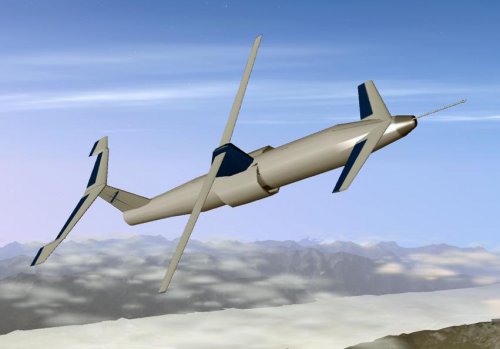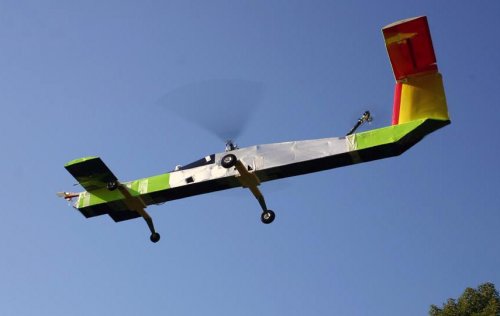- Joined
- 26 May 2006
- Messages
- 32,664
- Reaction score
- 11,861
Hi,
http://www.aviationtoday.com/rw/public-service/government-agencies/StopRotor-Technology-Submits-Hybrid-RotorWing-for-DARPA-X-Plane-Project_78998.html#.UbmzG05Yu-A
How do you get high-speed, efficient performance from a hybrid rotorcraft design? The U.S. Defense Advanced Projects Agency (DARPA) is looking for organizations to help answer that question as part of its vertical takeoff and landing(VTOL) X-Plane program, and an Australian company is suggesting one possibility for the 52-month effort that has a budget of around $130 million.
StopRotor Technology, based in Sydney, is putting forth its Hybrid RotorWing, which the company says can fly as either a helicopter or fixed-wing aircraft.
Central to the aircraft’s design is the stop rotor technology, which switches between rotary and fixed-wing “in a manner previously unexplored in the history of VTOL development,” the company claims. All previous stop rotor designs have either sought to stop the rotors during forward flight or proposed an “impractical fuselage layout.”
StopRotor Technology is currently undergoing proof of concept prototype testing using computer simulations and flying models. While the Hybrid RotorWing is still in the development phase, the company plans to contact DARPA’s X-Plane program manager, Ashish Bagai. Whether the concept is a fit for the program or not, StopRotor Technology envisions that the aircraft “could fulfill a useful role in the rapidly expanding UAV [unmanned aerial vehicle] industry.”
The company is also looking for partners in the DARPA program. Spokesperson Deanne Watkins noted that, “we are keen to discuss collaborative proposals with leading innovative aerospace companies.
http://www.aviationtoday.com/rw/public-service/government-agencies/StopRotor-Technology-Submits-Hybrid-RotorWing-for-DARPA-X-Plane-Project_78998.html#.UbmzG05Yu-A


